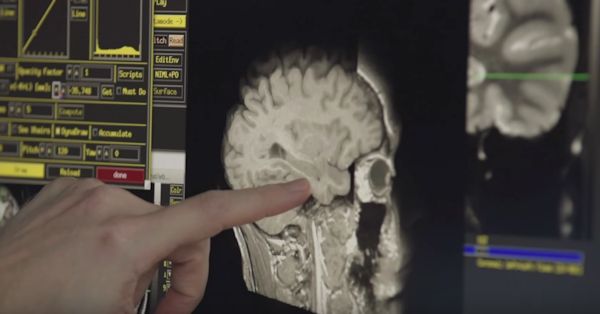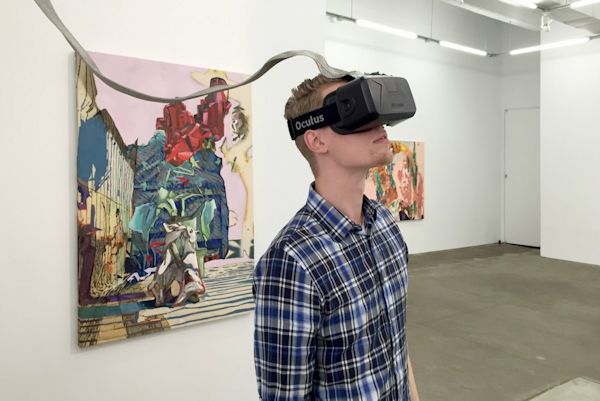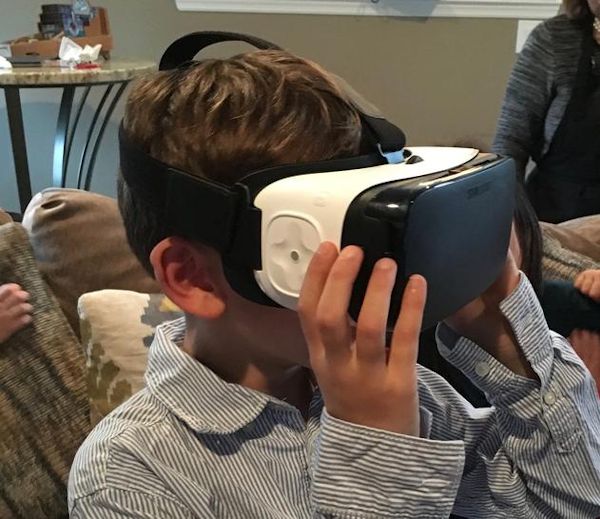Call for Papers
W4A’16: 13th International Web for All Conference
April 11-13th 2016
Montreal, Canada
http://www.w4a.info
Submission deadline: January 15th, 2016
Generous awards and scholarships
Dear All:
Save the dates April 11-13th 2016 for the 13th International Web for All Conference. W4A’16, will convene in Montreal, Canada, (http://www.w4a.info), co-located with the 25th International World Wide Web Conference (WWW’16). Deadline for all submissions is January 15th, 2016.
The 2016 theme is “Education for All on the Web” – including all learners and educators! Accessible online learning can level the field for people with disabilities and for anyone who learns a little differently, enabling them to better adapt their environment and participate at the same level as everyone else. It also opens doors for those who might not have access to learning opportunities in their local area. It promotes lifelong learning, with ready access to learning from anywhere, by anyone, at any time.… read more. “Call: W4A’16: 13th International Web for All Conference”





